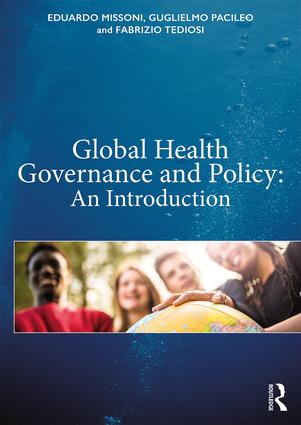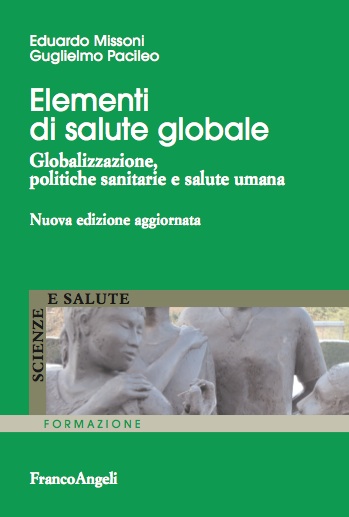Once sociologists , economists and political scientists would somehow recognize three sectors of society: public sector, the market – or commercial sector, and – in between the two – civil society (third sector, or non profit sector from an economical perspective).
The UN organization and its agencies -all intergovernmental organizations – thus belonging to the public sector, had to manage (separately) their relations with Civil Society on one side and the market (corporations) on the other. Possibly one of the main challenges was to differentiate among Civil Society organizations (including so called NGOs, to whom a consultative status could be offered ex art. 71 of the UN Charter) those somehow genuinely “civil” and committed to the public good (among those the Public Interest NGOs known as PINGOs) and those that somebody would classify as “uncivil” somehow defending private and commercial interests (including the Business Interest NGOs or BINGOs). Over the years confusion grew, mainly due to the neoliberal drive there was a tendency to mix-up civil society and the “private sector”, then the turn came of global public private partnerships and the so-called multi-stakeholder approach. Now “non-state actors” seems to become the fashionable approach. All in the same pot.
Also the World Health Organization is engaging in the new wave. A nice report by Remco van de Pas on about a recent consultation of that international organization with “non state actors” well describes the confusion. As Remco reports “The biggest risk for WHO is (…) that it will lose further legitimacy as the leading global public health authority”. Read Remco’s post.








